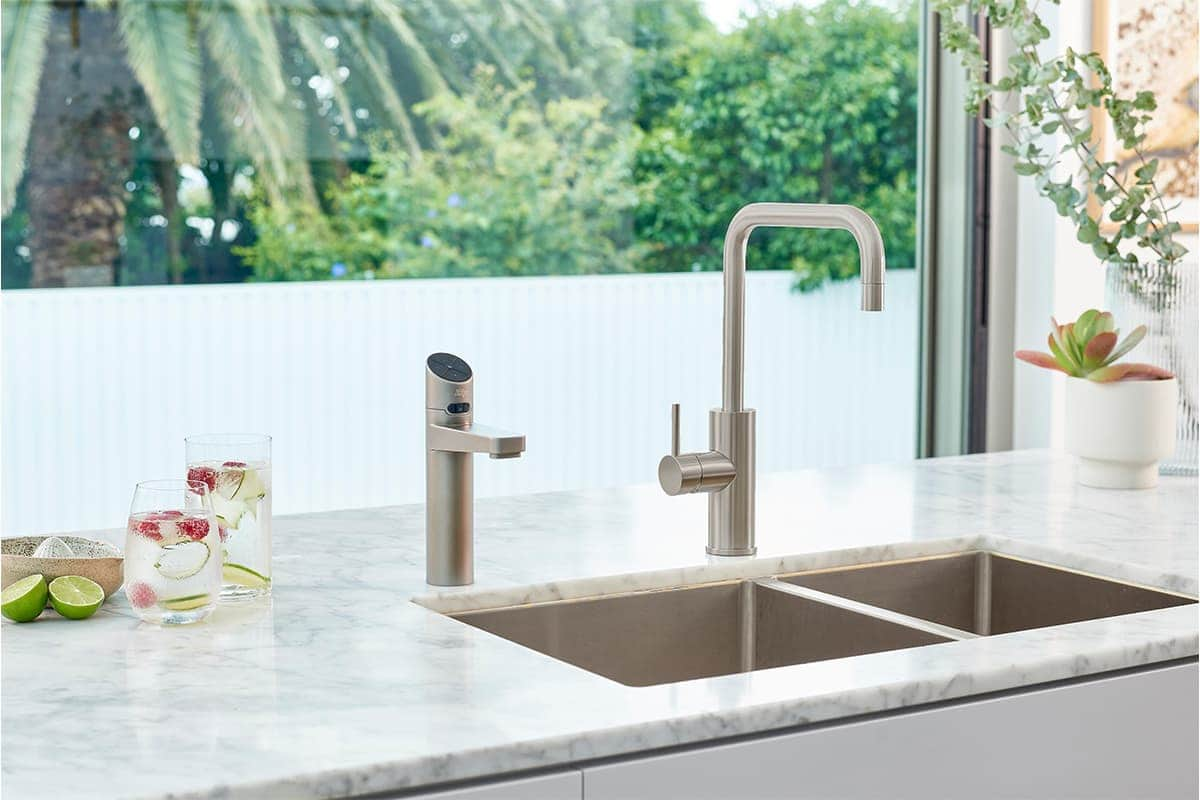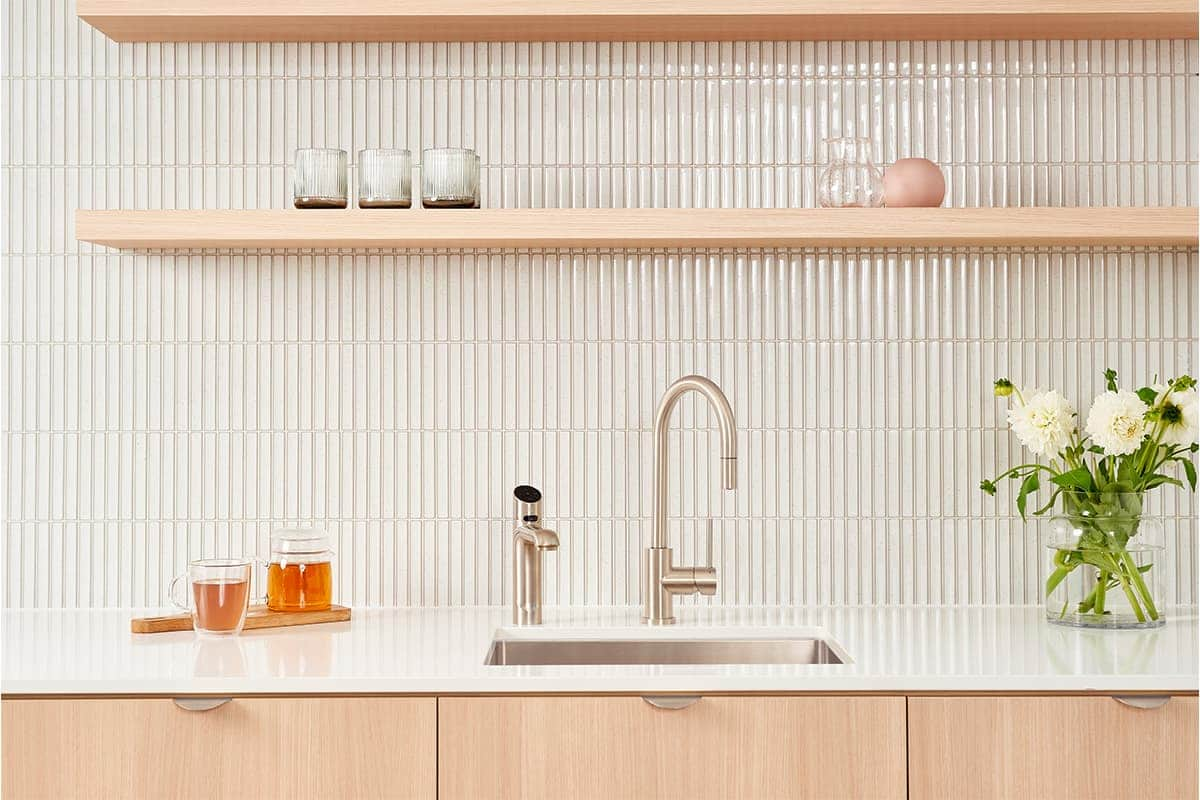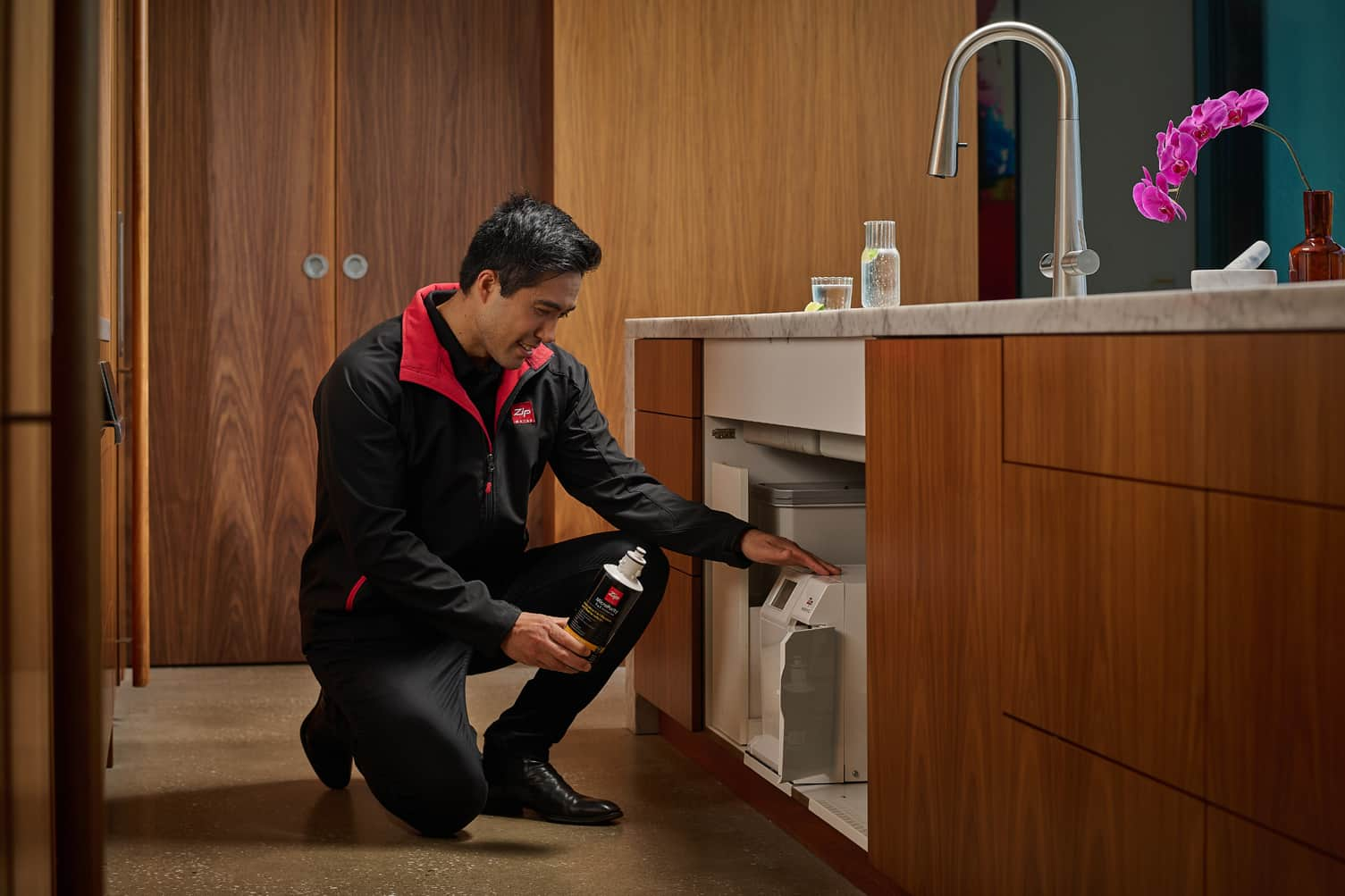The Nasty Chemical Surprises Lurking In Your Tap Water
Health | 14-12-15

When it comes to cooling off on a hot day, there's nothing like a cold drink. If you're someone who likes to stay healthy, you'll choose water every time.
Soft drinks, juices and even supposedly healthy fruit smoothies contain all kinds of chemicals, not to mention up to 22 teaspoons of hidden sugar!
But are you sure your tap water is free from similar hidden nasties?
Australia has comparatively high safety standards for drinking water, but you might be surprised by just what those standards still allow. 'Safe' chemical treatments used to eliminate toxic organisms from the water supply leave a residue in drinking water, while broken pipes can allow contaminants to enter our water as it travels from catchment to kitchen.
There's no doubt fresh, cold water is the healthiest choice to quench a thirst. But don't be fooled into thinking that your tap water contains nothing but H20!
Are the safe chemicals in our water safe enough?
The Australian Drinking Water Guidelines define the management of our drinking water supply. They outline what's known as the ‘multiple barrier approach' to drinking water safety. This includes:
- Protecting the water supply from potential contamination from soils, industrial pollution or livestock waste.
- Chemical disinfection of water as it moves between our dams and our taps.
Even the Guidelines admit that there has been controversy in this area, but the prevention of known waterborne diseases outweighs the potential damage caused by chemical residues, which is still under-researched. Essentially, what comes out of our taps is the ‘lesser of two evils' rather than truly pure, fresh water.
Another point worth noting is that our safe water guidelines are regularly reviewed in response to new research, which means potentially harmful chemical levels remain in the water supply until the next review forces a change of policy
The taste test
Have you ever noticed that your tap water tastes and smells different at different times of the year? This is due to chemical disinfection treatments being boosted periodically; during the hotter summer months when certain microorganisms thrive, for example.
Australian drinking water also contains naturally occurring minerals like calcium, sodium and magnesium that also affect our water's taste. In fact, drinking water commonly contains between 20 and 50 milligrams of salt per litre; that's less than a bag of chips, but worth knowing if you are on a very low sodium diet for health reasons.
The taste and purity of our tap water is also impacted by our plumbing – and this doesn't come under the water quality guidelines.
If you live in an older home, or a well-established area with dated water access systems, your tap water may contain traces of lead, aluminium, fertilisers and even asbestos due to damaged pipes or rusty taps.
So, while it's true that Australian drinking water is of a very high standard compared to some countries, it is far from ‘pure'. Bottled water may taste better, but with recent scares over the possible health risks associated with BPA in plastics, there's no guarantee that bottled water is a healthy option either!
More and more people are choosing to use filter jugs, or to install a quality tap filtration system in their home or office kitchen. It's really the only way to be sure you're drinking a nice glass of H20 – with no nasty surprises.
Experience the Zip Effect. Choose great tasting, chemical-free, fresh, filtered water on tap.
References:
https://www.choice.com.au/food-and-drink/drinks/sports-drinks-energy-drinks-and-soft-drinks/articles/sugar-in-drinks-120215
https://www.nrdc.org/health/bpa.pdf






















